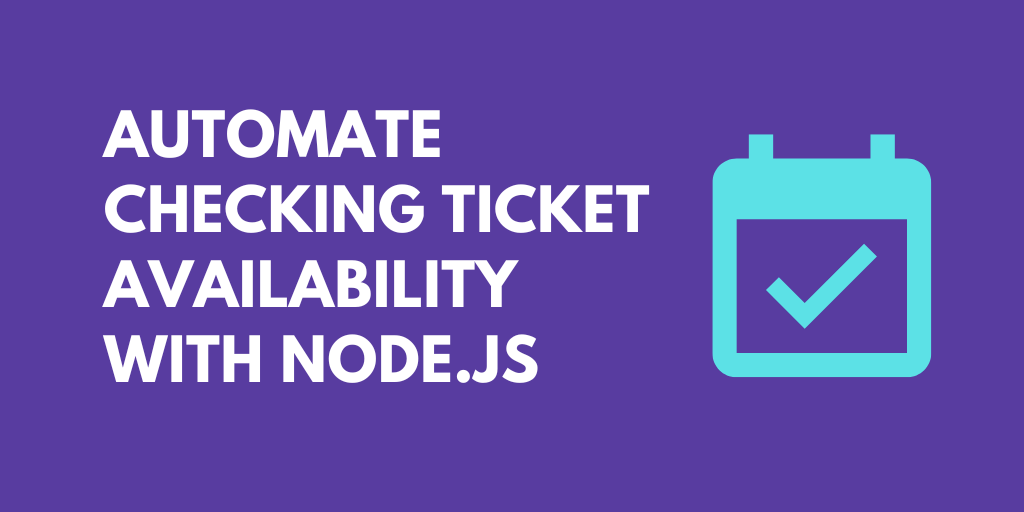What do you want to automate
with Airweave and Node?
Prompt, edit and deploy AI agents that connect to Airweave, Node and 3,000+ other apps in seconds.
Trusted by 1,000,000+ developers from startups to Fortune 500 companies
Popular Airweave and Node Actions#
Create a new Airweave collection. Collections are logical groups of data sources that provide unified search capabilities. The newly created collection is initially empty until you add source connections to it. See the documentation
Write custom Node.js code and use any of the 400k+ npm packages available. Refer to the Pipedream Node docs to learn more.
Delete a collection and all associated data. This permanently removes the collection including all synced data and source connections. This action cannot be undone. See the documentation
Retrieve details of a specific collection by its readable ID. See the documentation
List all available data source connectors. These are the types of integrations Airweave can connect to (e.g., GitHub, Slack, Google Drive, PostgreSQL, etc.). See the documentation
Connect Airweave#
import { AirweaveSDKClient } from "@airweave/sdk";
export default defineComponent({
props: {
airweave: {
type: "app",
app: "airweave",
}
},
async run({steps, $}) {
const client = new AirweaveSDKClient({
apiKey: this.airweave.$auth.api_key,
base_url: this.airweave.$auth.base_url
});
return await client.collections.list({
skip: 1,
limit: 1
});
},
})
Overview of Node#
Develop, run and deploy your Node.js code in Pipedream workflows, using it between no-code steps, with connected accounts, or integrate Data Stores and File Stores
This includes installing NPM packages, within your code without having to manage a package.json file or running npm install.
Below is an example of installing the axios package in a Pipedream Node.js code step. Pipedream imports the axios package, performs the API request, and shares the response with subsequent workflow steps:
Connect Node#
// To use previous step data, pass the `steps` object to the run() function
export default defineComponent({
async run({ steps, $ }) {
// Return data to use it in future steps
return steps.trigger.event
},
})Community Posts#
